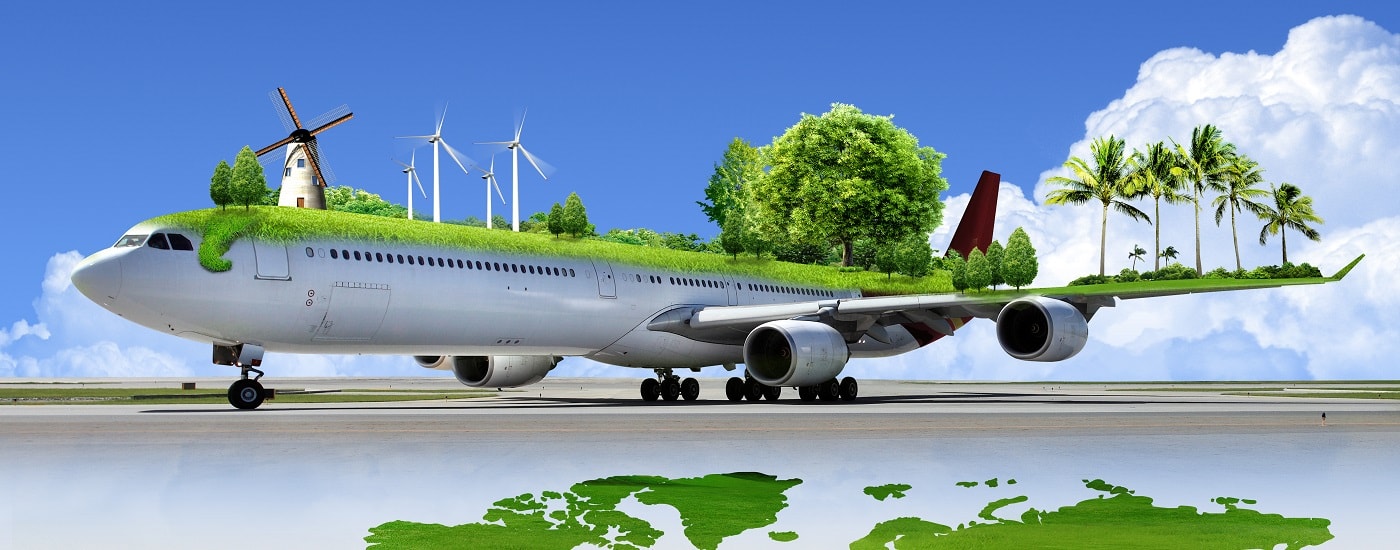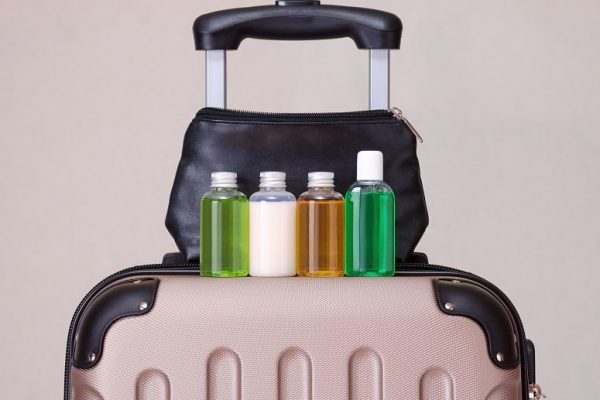According to a study published last year, global tourism accounts for about 8% of all greenhouse gas emissions – with transport, shopping and food all being significant contributors. This means those of us who jet off on regular holidays abroad have a significantly larger carbon footprint. Shockingly, analysis by The Guardian has found that taking a long-haul flight generates more carbon emissions than the average person in dozens of countries around the world produces in an entire year. While more fuel-efficient planes are being built, a rapid increase in passenger numbers – and therefore the increased number of commercial aircraft in operation – means that airline carbon emissions increased by 32% from 2013 to 2018.
We’re not suggesting you should give up going on holiday – it’s a great way to broaden the mind, gain new experiences and it has mental health benefits. But it’s important to understand the impact of your adventures, and how you can make a difference. Here are just a few of the ways you can reduce your carbon footprint when you travel.
Fly direct
Flying direct is often more expensive than taking a multi-leg trip. But it turns out it’s better for the planet. This is because the majority of a flight’s carbon emissions are emitted during take-off and landing. So, the fewer stops a plane makes, the lower its carbon footprint.
Go from your closest airport
The flight isn’t the only part of your journey that harms the environment – getting to the airport does too. Driving to airports far away from your home means you’re using more fuel, and therefore increasing your carbon footprint. To limit the damage caused on this part of your journey, fly from your local airport when possible. More often than not, this will be the most convenient option anyway.
Travel like a local
While you may have to catch a plane to your destination, think carefully about how you travel once you arrive. It’s tempting to hop in a taxi after a long flight, but taking a bus or train from the airport to your hotel is far more environmentally friendly. You should try to use public transport over cars for the duration of your trip. And if you can get around on foot or by bike, that’s even better.
If you’re going on a multi-centre holiday, consider the different ways of getting between destinations. There might be a bus or train you can take rather than an internal flight. Not only will this reduce your carbon footprint, it’s also a great way to see more of the country. But if you absolutely must rent a car during your holiday, see if you’re able to hire an electric one.
Pack light
Every item on a plane makes it heavier, and the heavier a plane is the more fuel it needs. So, it’s important to be sensible with your packing as this can directly impact your carbon footprint. If there’s anything you don’t absolutely need to take with you, leave it at home. And besides being better for the planet, lighter luggage is also easier to carry!
Invest in reusable containers
Current rules state that liquids onboard planes must be in containers of 100ml or less. So if you’re travelling light and just taking hand luggage, you might think it’s a good idea to purchase travel-size versions of your favourite toiletries. But not only are mini shampoos, shower gels and toothpastes far more costly than full-size versions, they can lead to a mountain of plastic waste. Rather than buying single-use items, it’s better for your wallet and the planet if you get some reusable mini bottles that you can refill every time you travel.
These aren’t the only reusable containers you should be taking with you though. Everyone should have a reusable water bottle that can be used throughout the flight and the holiday. Even if it’s larger than 100ml, you can still take it through security empty and fill it up before you get on the plane. And if you’re heading somewhere where it’s not safe to drink water straight from the tap, invest in a water bottle with a built-in filter. Finally, if you’re a caffeine fiend, take a travel mug with you as well. Not only can you have tea and coffee on the go, you also might get a discount when purchasing your drink, just as you do in certain places back home.
Don’t print your tickets
They may not produce many of the carbon emissions associated with travelling but it’s still good to avoid printing paper tickets. Even a small effort can make a real difference when it comes to your carbon footprint. So, where possible, opt for e-ticketing and have your travel documents on your phone or tablet instead.
Be mindful of hotel resources
If you’re going on holiday somewhere hot, it can be tempting to turn the air con on as soon as you arrive, and to leave it on throughout the day – even when you’re not there – so the room’s nice and cool when you get back. Or to do the same thing with the heating if you’re away somewhere cold. This is not only incredibly costly for the hotel, it’s also terrible for the environment. To reduce your carbon footprint, try to use energy more efficiently. Only have the air con or heating on when needed; don’t have the windows open at the same time; and be patient – choose a sensible temperature and give the heating/air con a little bit of time to work before whacking it up to full blast. Essentially, treat things the same way you would if you were at home and paying the bills. That means turning lights off when you’re not in the room and unplugging devices that are not in use. To save water, you can take shorter showers and cut down on laundry. According to the Environmental Protection Agency, laundry accounts for 16% of an average hotel’s water usage – so try to go a few days before getting your sheets and towels washed.







